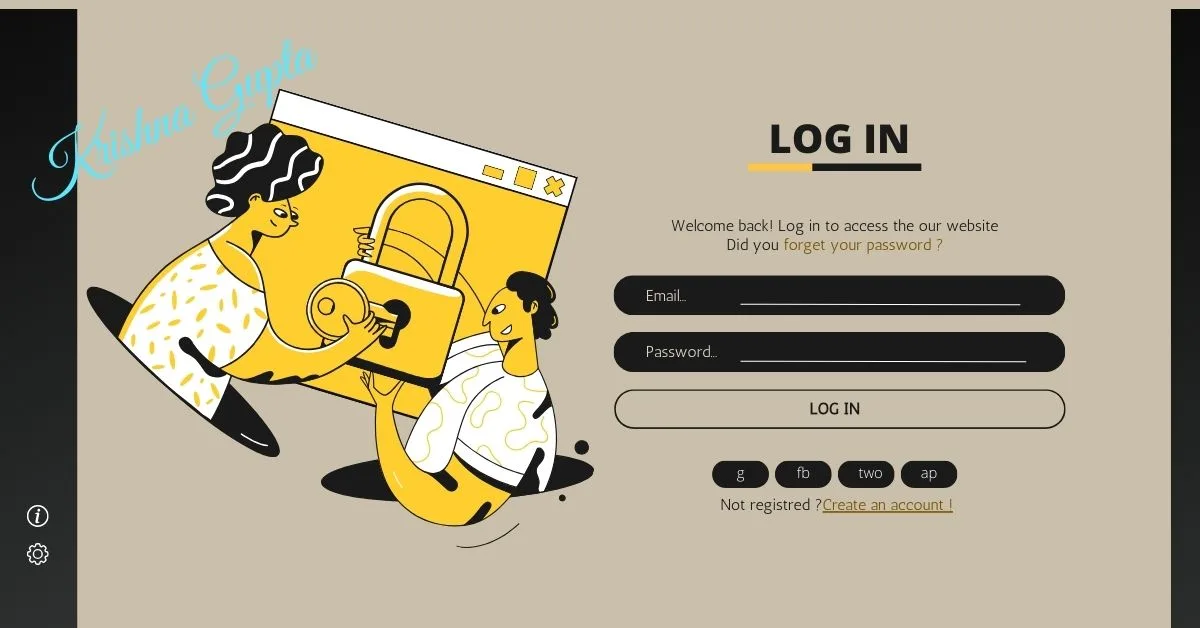Demystifying Scrypt: A Security Stronghold with Its Twists
In the labyrinthine world of cryptography, algorithms reign supreme. One such algorithm, Scrypt, has carved its niche by prioritising memory-intensive security, a welcome counterpoint to the speed-chasing world of its peers. But what exactly is Scrypt, how does it work, and where does it shine (and maybe stumble) compared to its alternatives? Let’s unravel the mysteries!
What is Scrypt?
Imagine a bouncer guarding a secret vault, but instead of checking IDs, he measures your pockets – the deeper they are, the easier you enter. That’s Scrypt in a nutshell. A password-based essential derivation function (PBKDF) transforms your weak password into a robust cryptographic key. But unlike traditional PBKDFs, Scrypt throws in a memory twist.
Memory Matters: Scrypt intentionally demands large amounts of memory to compute the key. This slows down brute-force attacks, where attackers try thousands of passwords. They can’t simply throw hardware muscle at the problem; they need deep pockets for memory!
Use Cases:
- Password Protection: Scrypt safeguards logins for websites, emails, and even physical hardware wallets. Its memory barrier makes it ideal for protecting high-value accounts.
- Cryptocurrency Mining: Scrypt is the proof-of-work (PoW) algorithm for some cryptocurrencies like Litecoin and Dogecoin. The memory requirement ensures mining is pretty distributed, preventing specialised hardware domination.
Advantages:
- More robust security: The memory barrier significantly thwarts brute-force attacks, making Scrypt more secure than traditional PBKDFs.
- Democratised mining: By demanding memory, Scrypt levels the playing field in PoW mining, preventing ASICs (specialised mining hardware) from monopolising the process.
- Adaptable: Scrypt’s parameters can be tuned to adjust the memory and time requirements, offering flexibility for different security needs.
Disadvantages:
- Slower: Compared to other PBKDFs, Scrypt is slower due to its memory demands. This may be a concern for applications requiring fast logins.
- Resource-intensive: The high memory requirement can be taxing on older devices and resource-constrained environments.
- Not perfect: While Scrypt makes brute-force attacks harder, they’re not impossible with enough resources and dedicated time.
Where is Scrypt Used?
Scrypt’s security shines in protecting sensitive data like passwords and crypto wallets. You’ll find it in popular password managers like KeePassXC, cryptocurrency wallets like Trezor, and even the Litecoin blockchain.

Alternatives:
- bcrypt: Another secure PBKDF, but less memory-intensive than Scrypt.
- Argon2: A newer PBKDF offering similar security to Scrypt with increased flexibility and parallelism.
Final Word:
Scrypt is a powerful security tool, especially for protecting valuable information. Its memory-centric approach provides a unique defence against brute-force attacks, making it a valuable weapon in the cryptography arsenal. However, its resource demands and slower processing times are factors to consider. Remember, choosing the correct algorithm depends on your needs and security priorities.
So, the next time you see “Scrypt” in action, remember its memory muscle and dedication to keeping your digital life safe!